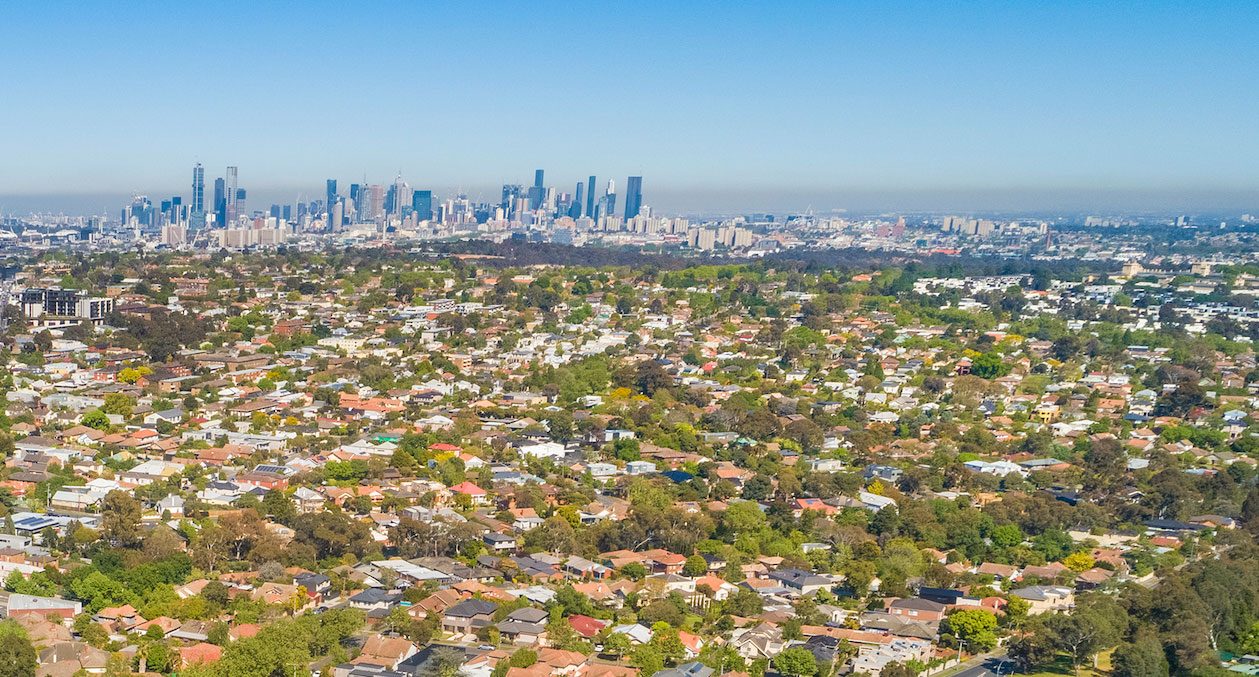This article is from the Australian Property Journal archive
THE Australian housing market is showing signs of a significant slowdown as global house prices continue to steadily rise.
According to Knight Frank’s latest Global House Price Index and Global Residential Cities Index for Q2 2022, global house prices are rising at 10% per annum, or 1.6% in real terms when taking inflation into account.
At the same time, both Australia and New Zealand witnessed declines in house prices between March and June this year. With Australia seeing a 0.8% fall and New Zealand a more significant 3% fall.
“With further upward adjustments to the official cash rate and higher costs of living in the coming months, we can expect sentiment to be dampened across the Australian residential market with anticipated subdued or downward pressure on property prices over the next 18 months,” said Erin van Tuil, head of residential at Knight Frank.
With the Global House Price Index tracking average house prices across 56 countries, the second quarter saw 51 of the 56 countries tracked still on the rise. This in the face of ongoing geopolitical stressors, a strained global economic environment, rising energy prices and interest rates.
Though in real terms, accounting for inflation, there has still been a healthy slowdown in global growth with Q2 2022 down to 1.6% compared to 6.2% growth for the same period last year.
Across the ditch, New Zealand saw the greatest decline in prices globally, with Australia recording the third largest of the seven counties that reported declines in the quarter.
The Global Residential Cities Index revealed 138 of the 150 global cities tracked saw house prices rise in the 12 months to Q2 2022, with four city’s dropping off from last quarter’s 142.
At the same time more global cities are recording annual growth in excess of 10% this quarter, at 66 compared to the previous period’s 64.
Back in Australia, Adelaide made the top 10 for house price growth with a 25.6% yearly change. While Brisbane made the top 20 with a 20.4% increase and Hobart just fell short taking the 21st spot with 20.2%.
“Australia’s best performing cities for annual price growth, Brisbane and Adelaide, also saw elevated population growth in 2021 against the Australian average. This most impacted the rental space, given many people moving to a new area tend to rent before making a purchase,” said van Tuil.
These smaller cities significantly eclipsed both Sydney and Melbourne which ranked 104 and 109, with 5.1% and 4.3% growth respectively.
“The main factors continuing to drive smaller cities and regional residential markets include the relocation of digital nomads to more affordable locations, investors returning to the market seeking a higher rental yield than they could achieve in the larger capital cities and holiday homes purchased to incorporate retirement plans in the coming years,” added van Tuil.
While Canberra came in at 67 with 9.9% growth, Darwin at 87 with 7.4% and Perth at 89 with 6.6%.
“Our research shows that by the end of 2023, the overall Australian residential property market could experience price declines of 3%. However, given the significant growth we have experienced over the past two years, these reductions are coming off a very high base and we’re likely now seeing a normalising of house price growth,” said van Tuil.
Knight Frank reported a major shift in buyer sentiment over the quarter, with a fear of missing out being surpassed by a fear of over paying.
“We anticipate trends will move back towards positive territory in 2024 given the undersupply of new properties being built across the country,” concluded van Tuil.




